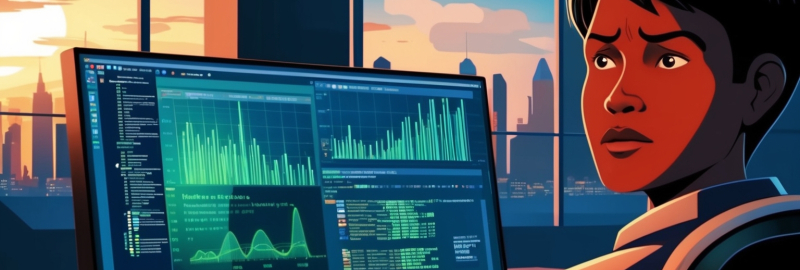
As technology evolves, changes in the way our operating systems are supported can bring both challenges and opportunities. The transition from one era to the next calls for careful consideration of security, compatibility, and performance.
On October 14, Microsoft will stop providing official updates for the current operating system. After that day, although machines will still run, they will not receive any further security patches, leaving them gradually more open to potential vulnerabilities and cyber risks.
Many users face another hurdle: the new version of the operating system requires much more advanced hardware. This means that older machines might not be able to upgrade smoothly. A major point of contention is the required security module, which must be integrated into the motherboard or processor. While some have managed to find ways around these specifications, attempting to do so is not advisable due to the increased risks to stability and protection.
If your computer does not meet the new system’s demands, several alternatives are available:
- Consider trying one of the many accessible and user-friendly distributions of Linux.
- You might explore a system based on an operating platform developed by a leading software company, though it may offer limited features.
- The most straightforward, albeit pricier, option would be to invest in a modern machine that is fully compatible with the latest software.
The main point to consider is that waiting to address these changes can leave your system increasingly at risk. If you are still using the older operating system, it is wise to review your options promptly to ensure continued protection and performance.